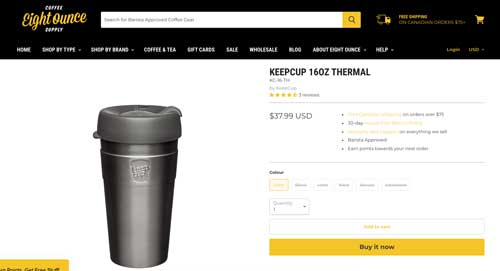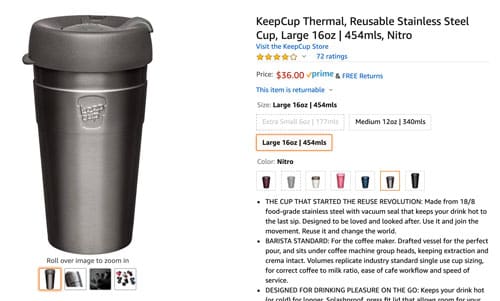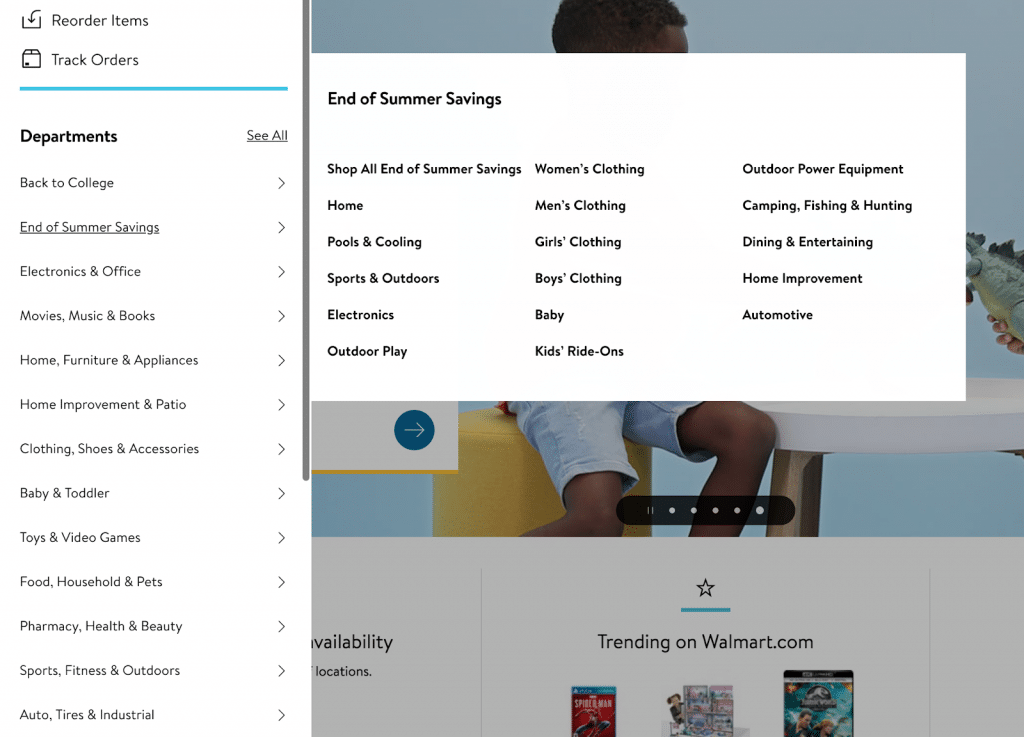I don’t have to tell you the world of ecommerce is competitive. Just as you’re getting started with your online store, three more open selling almost identical products to you. The only way you can really dominate is by being as competitive as you can. You might consider using dynamic pricing software for that, but let’s move on to our post.
There are a number of different ways you can be competitive, not just through your pricing. In this blog post, we look at four specific tactics to ensure you stay ahead of your competition and increase your profits. Let’s dive in.
Finding the best price for products
When it comes to ecommerce competition, most people’s first thoughts fall on pricing. After all, if you can offer the most competitive pricing, surely people will just shop with you and ignore your competition, right?
Not always. As you’ll find out in the later sections of this blog post, there are other ways you can be competitive without just relying on your pricing.
However, with that said, pricing is still an effective way to stay competitive within the world of ecommerce. One particular competitive pricing tactic you can implement is negotiating better deals with your suppliers so even though you’re charging less than your competitors, your profit margin is actually higher.
Let’s look at an example.
This Keep Cup retails for $37.88. Let’s compare that to this Keepcup on Amazon.
It retails for less, at $36.
Suppose Eight Once buys their KeepCup from their supplier for $9 per unit. They’d make $28.99 profit.
Then let’s say Amazon buys their cup from the supplier for $5 per unit. That’s a profit of $31 per sale.
So even though Eight Ounce charges more for their product, they’re still making less profit than Amazon, which charging less. This is why it’s effective to talk to your suppliers about any leeway in how much they charge you to manufacture your products.
Promoting on social media
Every person and their dog is on social media these days. No seriously, so many dogs have their own social media accounts.
If you’re not taking advantage of this audience, you’re leaving serious money on the table. People spend endless hours on their social media channels and many are happy to follow their favorite brands and make use of specific social-only deals and offers. If you can get your social strategy right, you’re well on the way to overtaking your competitors.
Ikea for example, use social media to showcase their products within the customer’s homes. The home furnishings company understands there’s a wide audience of people who like to share images of their homes.
In fact, there are even entire Instagram accounts dedicated to people’s homes. When Ikea see an Instagram user has taken a photo with Ikea products, they’re happy to share that image on their own social channels to promote the customer.
If you were a customer looking to increase your following for your home Instagram account, being featured on Ikea’s social channels would be a dream come true. Especially since Ikea has so many followers across all regions of their accounts.
At the end of the day, if you are the first company potential customers think of when looking for a product, you’re going to take the competition away from your competitors and over to you. Social media, when done right, is a powerful way to help people remember your brand as a brand and not just an online store they bought something for one time.
Look at different integrations
The technology available to you as an ecommerce store is increasing exponentially. This means there is a wide range of different technologies and integrations you can use to improve the way your ecommerce store works.
You might want to make use of a loyalty program extension like Smile.io who offer a range of features within their product to help reward customers.
You can offer your customers the chance to win points for money spent. Or perhaps referrals are important to you – in that case, you can offer rewards to customers who refer new customers to you. It allows you to stay competitive because it keeps customers spending their money with you. If they know staying loyal increases their own rewards, they’re likely to do it, right?
Or perhaps, you want to implement a smart pricing tool to help you stay competitive with your pricing. An integration that allows you to monitor your competitor’s prices can help you to stay competitive in the market.
Be careful, however, not to use too many different integrations. It may slow your site down and create a clunky user experience.
Prioritize user experience
How a potential customer interacts with your store all comes down to the user experience. If you have a good user experience, customers will be able to easily navigate your site, find the items they want to buy and checkout with ease.
If you have a bad user experience, your potential customers will struggle to use your site and in most cases, won’t buy from you at all. You’d be surprised at how many sites have a bad user experience. With the right checklist, it’s not difficult at all to improve your user experience.
And when you do? You have a sure fire way to stand out against your competition.
Consider Walmart. Although it’s a big store, a household name, the actual site is particularly difficult to navigate. Even though the company sells practically everything, it’s still not hard to find what you’re actually looking for.
For many customers, when they’re presented with too much information, instead of spending time trawling the site, they simply leave instead.
Consider your own ecommerce user experience. Getting it right could be the difference between sales for you and sales for your competitors. Think of mobile sites – most get right to the point (here are a few mobile commerce statistics to prove it’s power).
How are your ecommerce tactics doing?
In this post, we’ve looked at a number of different ways you can become more competitive and sell more products.
We’ve looked at the importance of pricing when it comes to earning a profit. We’ve discussed seen how crucial social media is to improve the way you communicate with your customers. We’ve also looked at user experience and why it’s necessary to customers and ultimately to sales.
Combined, you now have a powerful list of tactics to stay ahead of the competition. Not every tactic will be right for every ecommerce store, but hopefully, this post has given you some good ideas when it comes to competitive tactics for ecommerce.
Looking for another ecommerce tactic to stay ahead of the competition? Try letting your customers do the marketing for you. Harness customers’ trusted voices via an ecommerce referral program.










